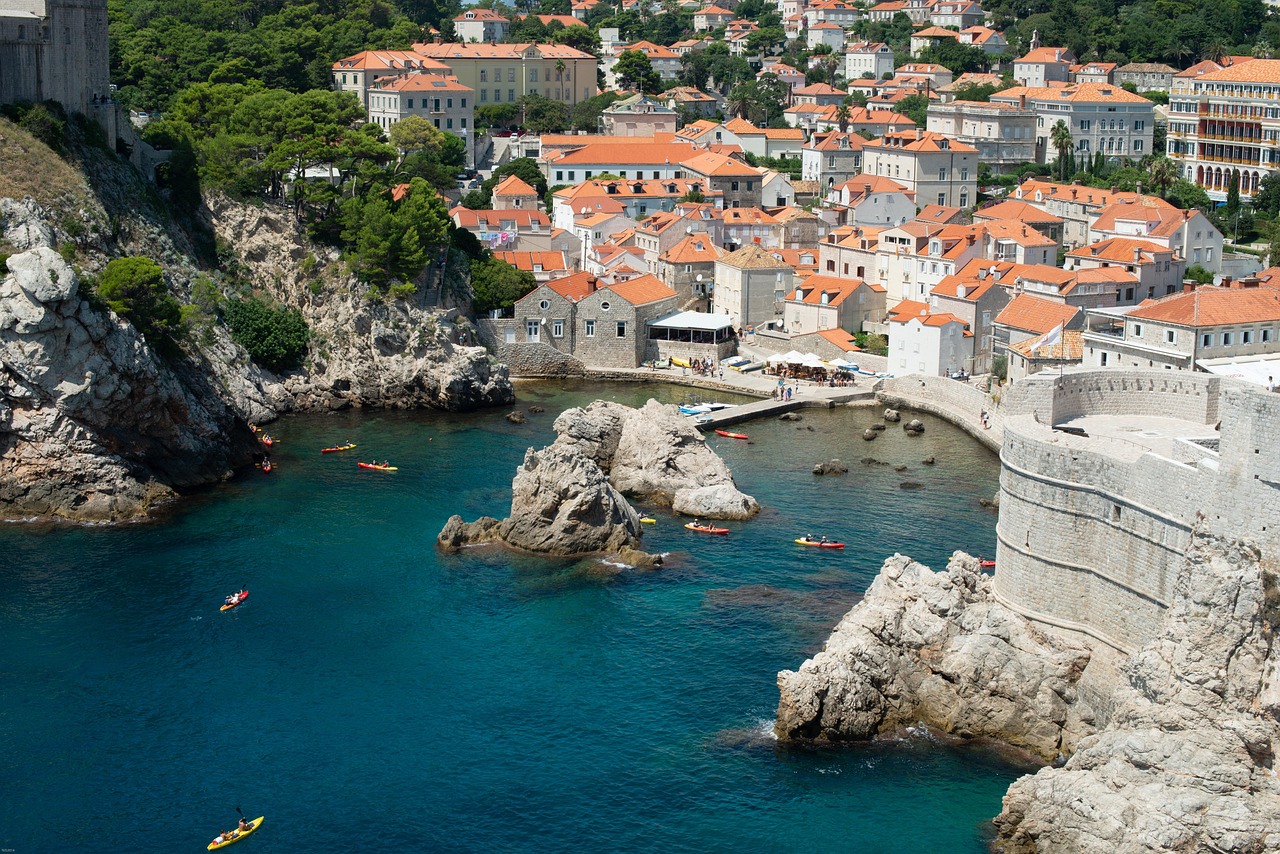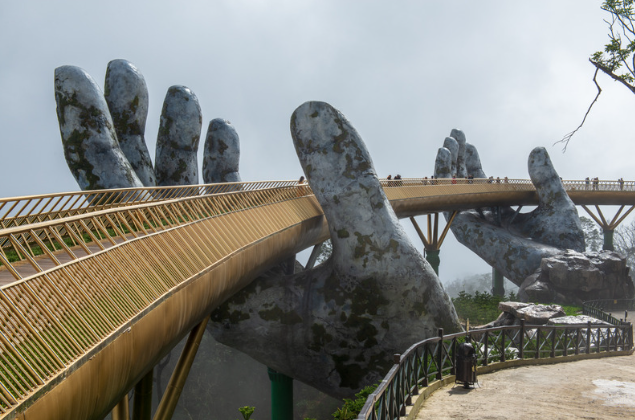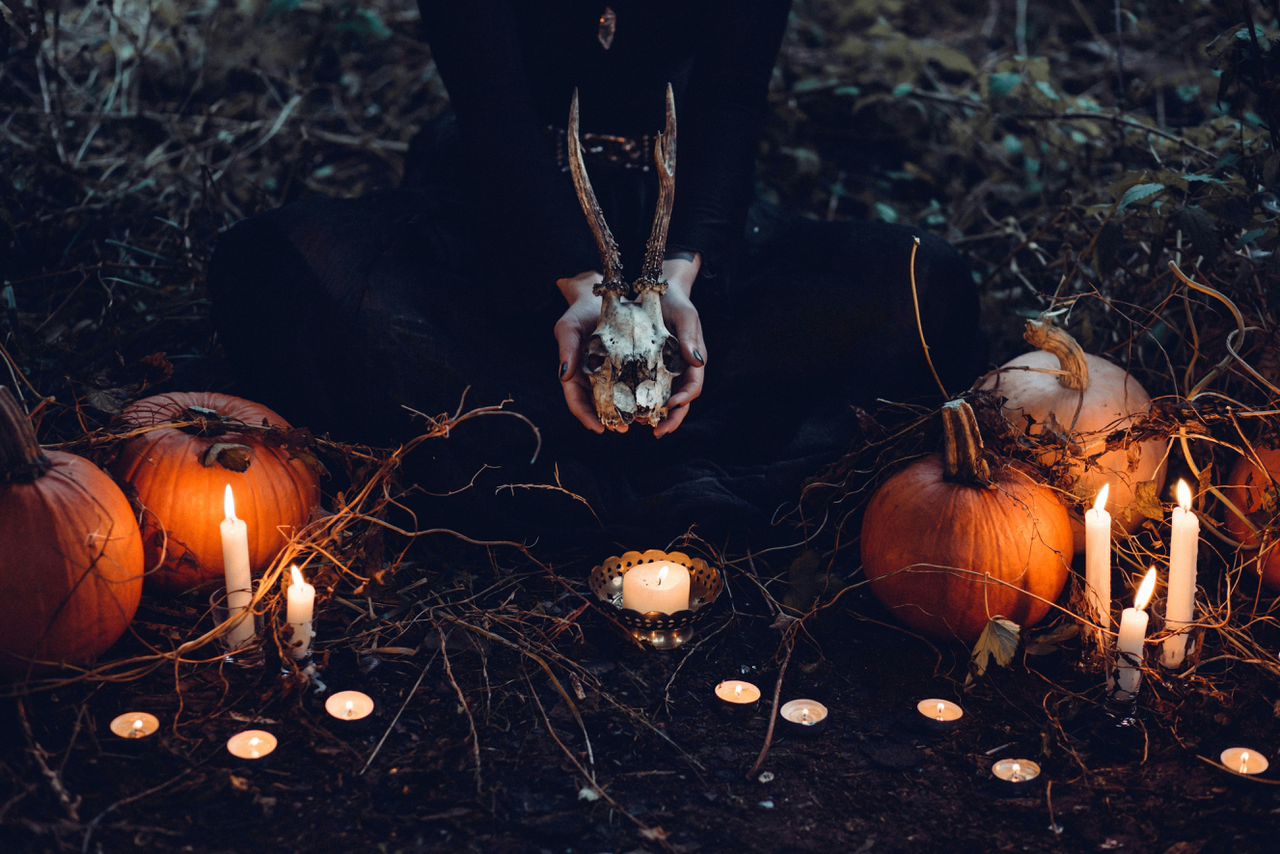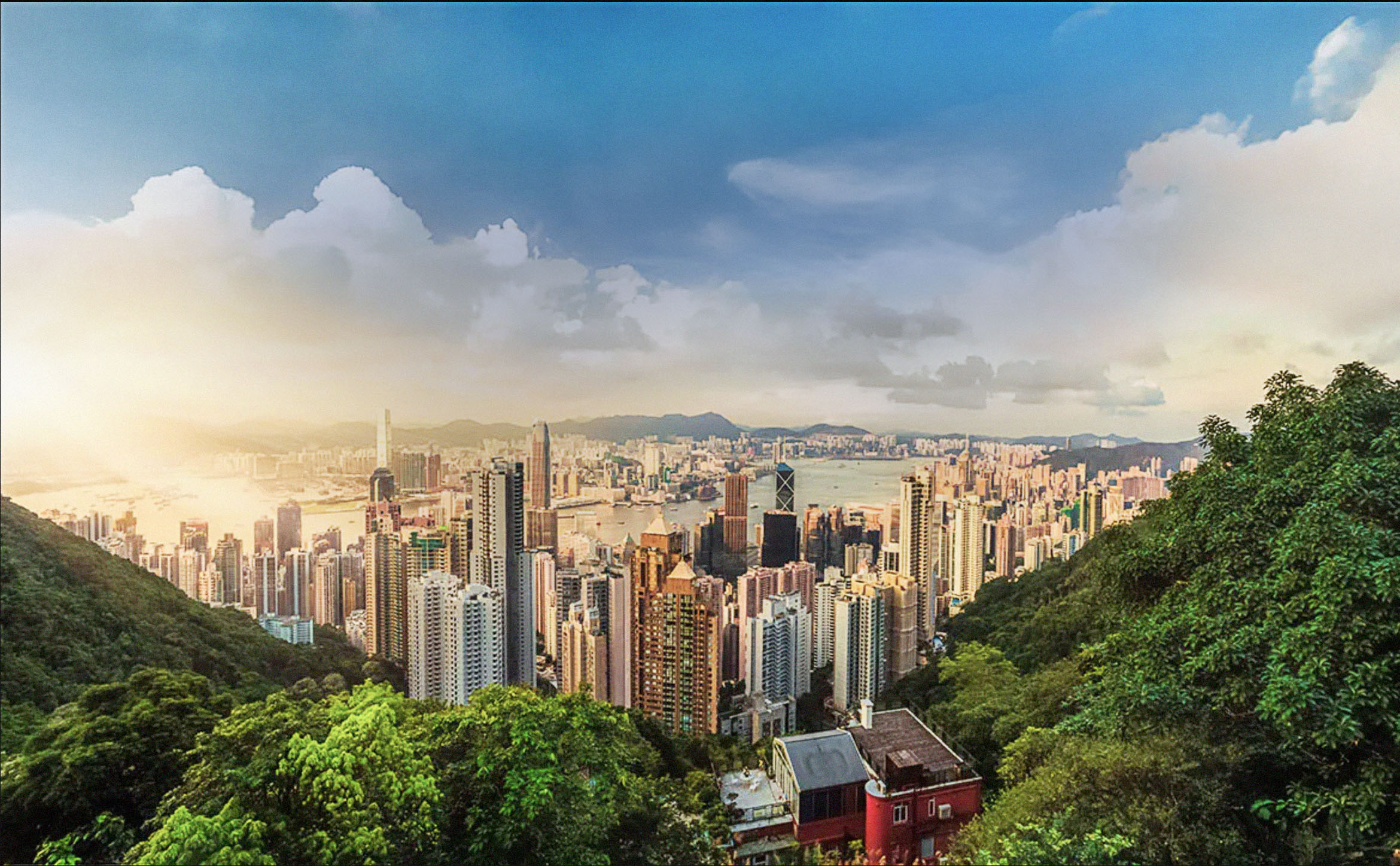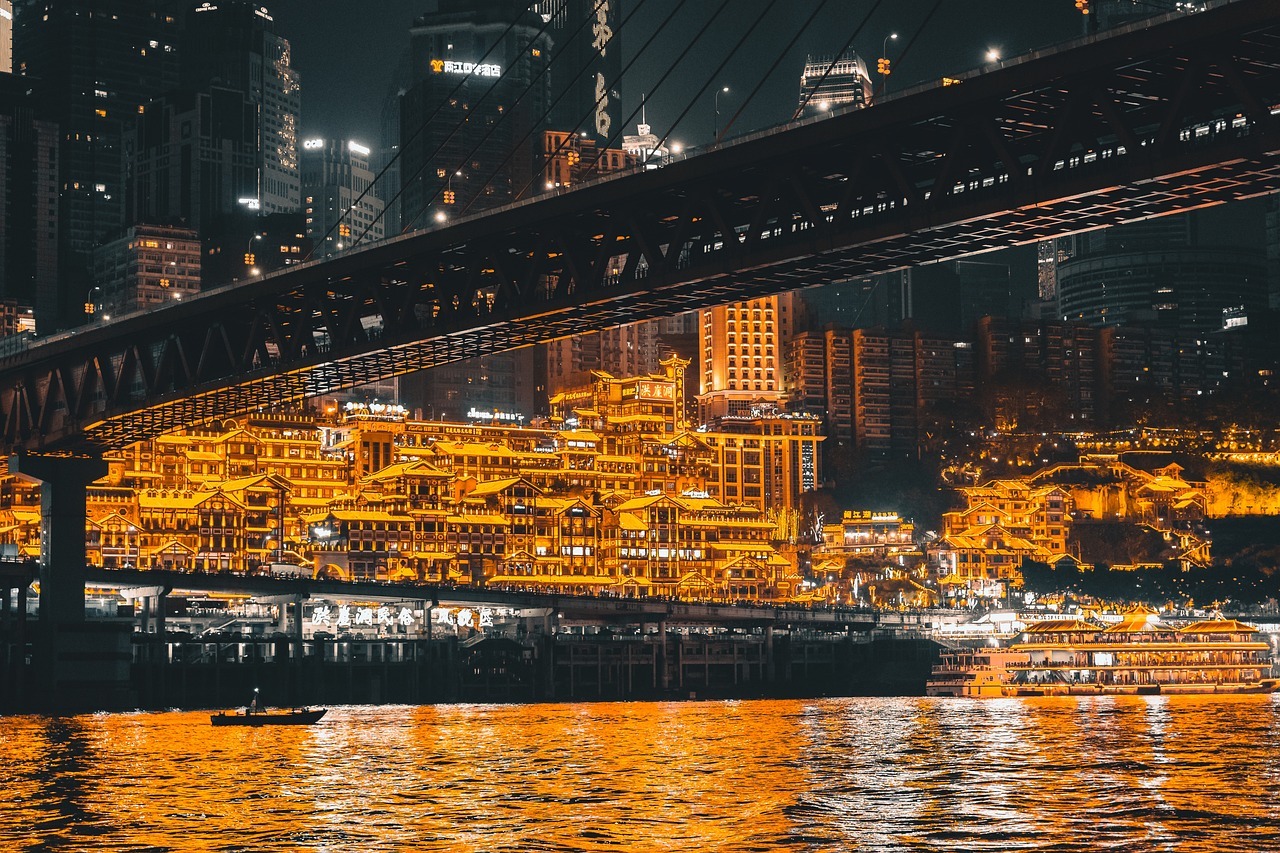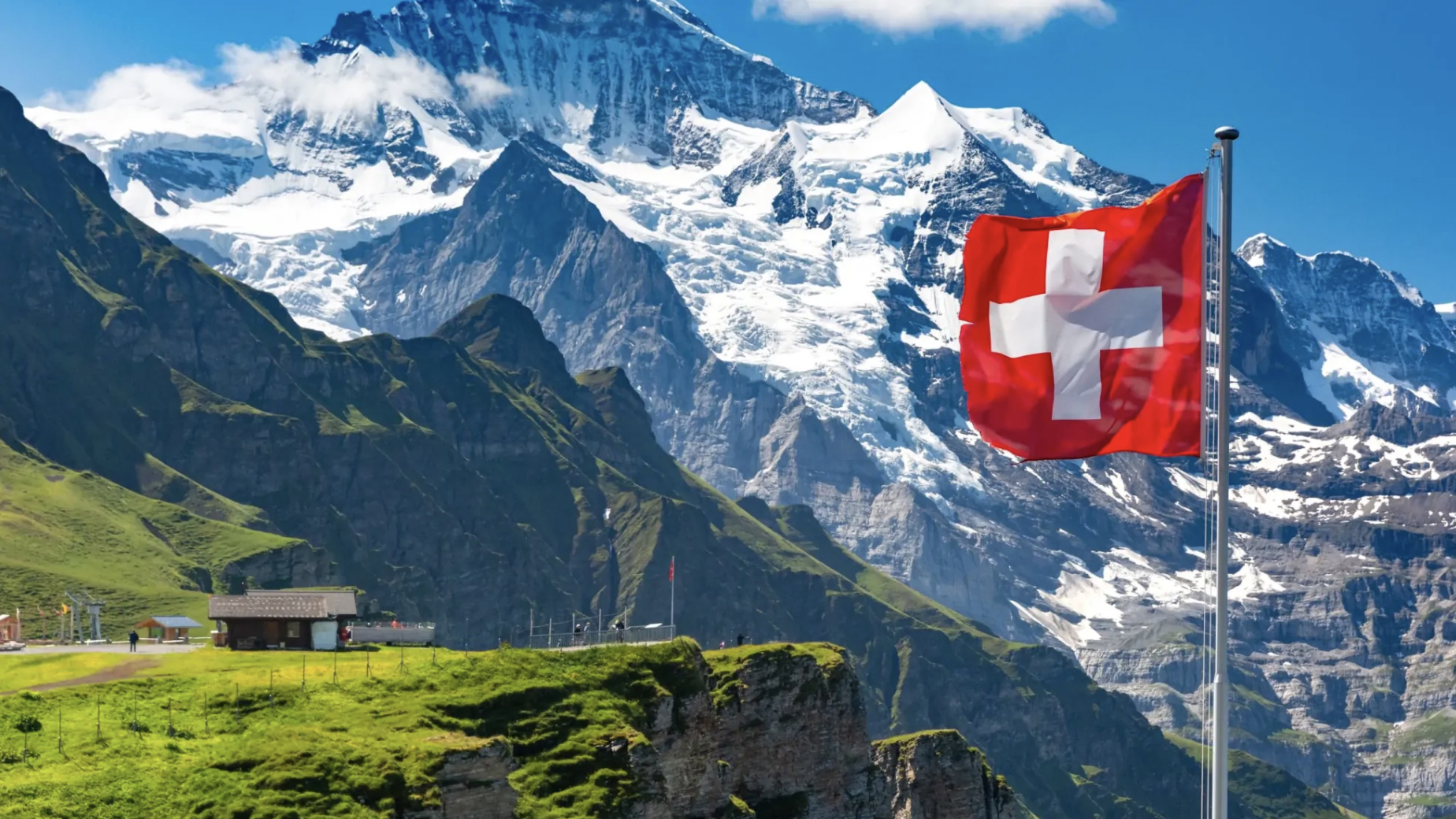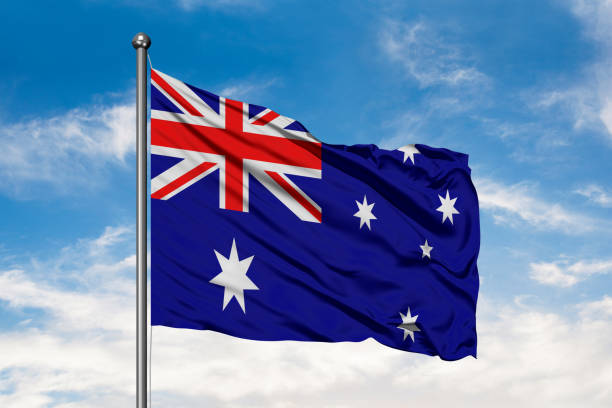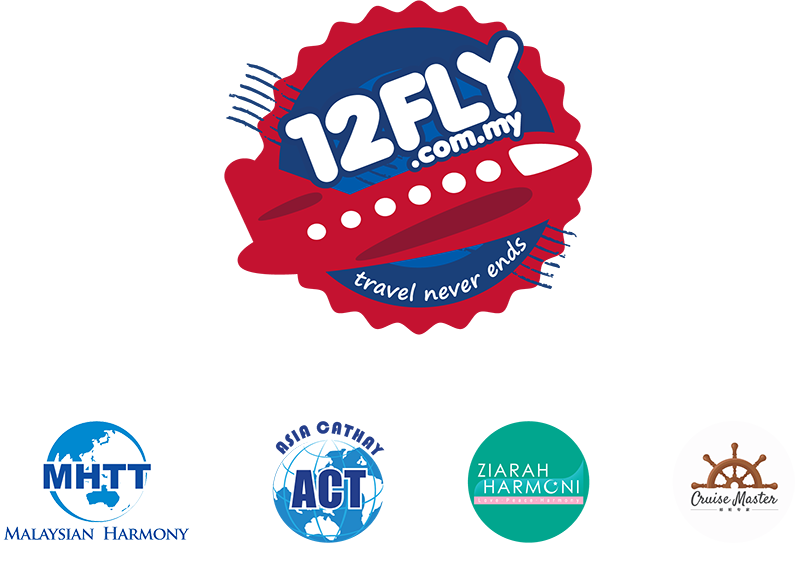TOP 10 REGIONS TO VISIT IN 2016!
#1 Transylvania, Romania
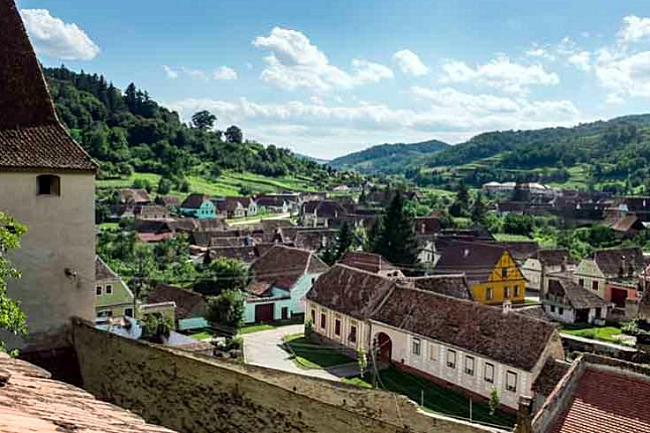
Put the crucifix away and discard that bulb of garlic – you won’t be needing them in today’s Transylvania, which blows away stereotypes faster than the flapping wings of a bat out of hell. Yes, horses and carts still rumble through the wooded countryside, but they’ll soon share the roads with Uber cabs ferrying visitors to chic Airbnb lodgings. Look past the ‘Count Drankula’ T-shirts and you’ll notice an ever-increasing number of art galleries, good value ski resorts and epic nature tours
#2 West Iceland

West Iceland is a greatest hits reel of what makes this country unique – cloud-wreathed glaciers, rugged lava fields, thundering waterfalls… it’s all here, just a two-hour drive from Reykjavík, and yet the region remains largely off tourists’ radars. 2016 might be the year the west won, however, as Into the Glacier, a man-made ice cave in the Langjökull glacier, is now open to the public. Expect new tourist infrastructure to follow in this exhilarating arena of the elements.
#3 Valle De Vinales, Cuba
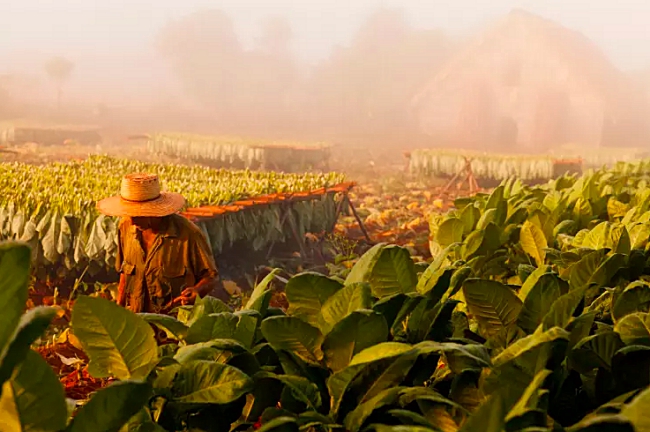
That Cuba has come in from the cold is not news, but most people’s knowledge of the country extends no further than crumbling but cool Havana and the beaches of Varadero. To see a lesser-known side of Cuba, head to the heartland of Valle de Viñales, where farmers’ oxen still plough the Unesco-listed landscape. Go hiking, riding or cycling through the fantastical mogotes (rock formations), then slump into a chair on the porch and daydream before tucking into a home-cooked meal at your cosy casa particular (homestay).
#4 Friuli’s Wine Regions, Italy
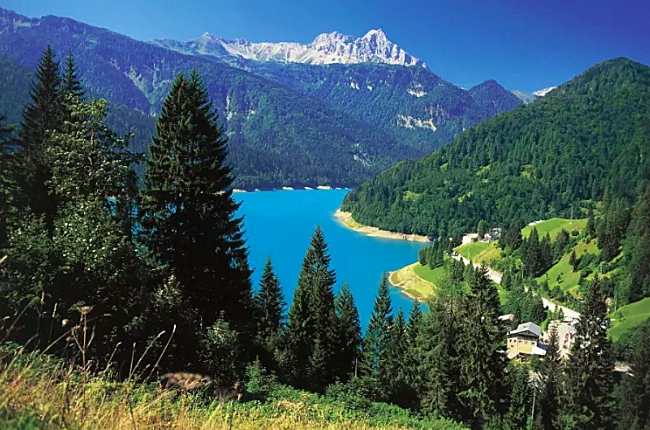
Unless you’re a wine buff, the name might mean little to you right now, but Friuli – to the northeast of Venice – has garnered a cult following. The region’s picturesque wine routes, which crisscross a checkerboard of vineyards between Udine, Gorizia and Trieste, embrace everything from simple farmhouse tables where the latest vintage comes only by the jug to elegant fine-dining rooms and vertical tastings among the vines. In Friuli, talking terroir is a time-honoured way of life.
#5 Waiheke Island, New Zealand
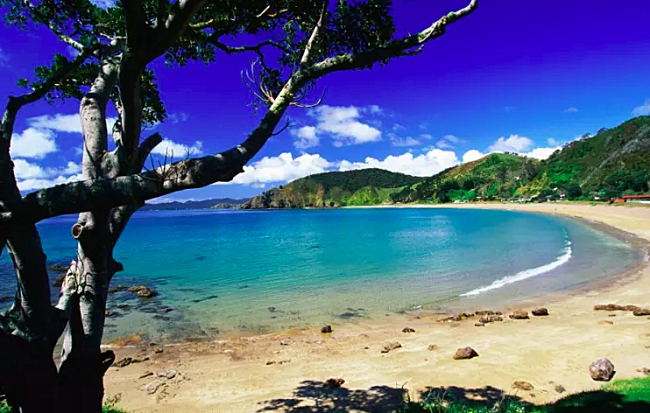
It’s only a 35-minute ferry ride from Auckland, but Waiheke is a utopia of coves, beaches, vineyards, bohemian sensibilities, and above all, fun. Book a bach (a holiday house) and, when you’re not sipping a glass from one the island’s 30 wineries, explore Waiheke’s artistic and adventurous sides: over 100 artists ply their trades here in disciplines such as sculpture, glass blowing, painting and woodwork, and the island is an outdoor enthusiast’s playground, boasting superb mountain biking, sea kayaking and sailing.
#6 Auvergne Region, France

Cast your eyes upon the Auvergne’s dramatic volcanic landscape and you could be forgiven for thinking you were in Iceland rather than the heart of France. And yet this region has been overlooked by visitors. No more, though – the Auvergne is reinventing itself with a series of ambitious art projects and a growing portfolio of wilderness adventures. As conceptual art colonises its natural spaces, its food scene is swapping a reputation for carb-heavy mountain fare in favour of inventive cuisine.
#7 Hawaii, USA
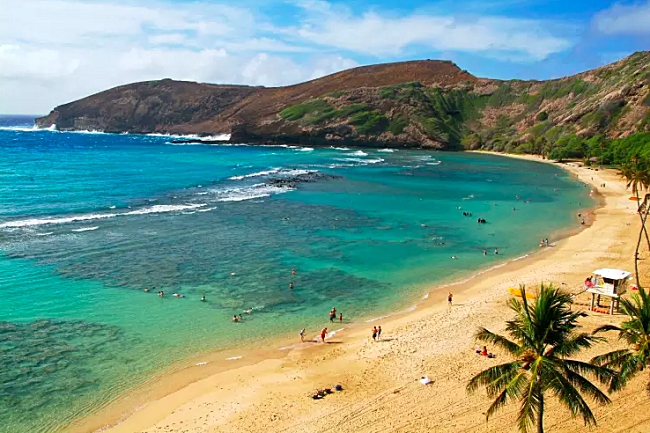
Hawaii’s sand and surf need no introduction, but the archipelago broadens its appeal next year for lovers of food, history and adventure. Hawaii Regional Cuisine, a culinary movement that began in the ’90s, has become a fully fledged way of life; the islanders are gearing up for the 75th anniversary of the attack on Pearl Harbour; and two of the premier attractions – Haleakalā National Park and Volcanoes National Park – turn 100. Expect a slew of exhibitions to commemorate these momentous events.
#8 Bavaria, Germany
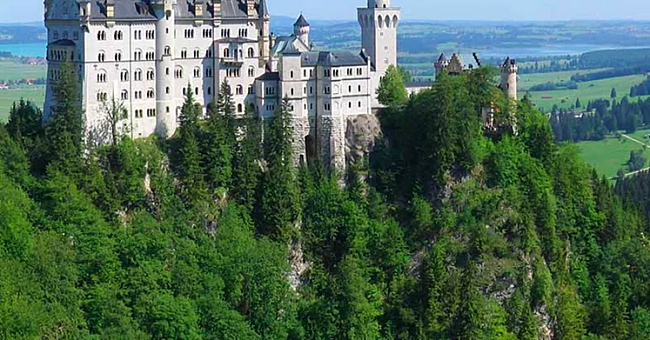
Bavaria: storybook castles, magic forests, medieval villages.... an endless tapestry of tourist treats unfolds between the Alps and Franconia in Germany’s supermodel state. The region’s capital, Munich, bewitches as well with its sweeping gardens, superb museums, grand palaces and, of course, Oktoberfest, the world’s biggest beer bash. Beer is even more of a focus than usual in 2016 as Bavaria celebrates the 500th anniversary of the Beer Purity Law. Any excuse for another frothing stein, eh?
#9 Costa Verde, Brazil

All eyes are on Rio in 2016 as it hosts the Summer Olympic Games, but a few miles west of this metropolis you’ll find a pristine stretch of shoreline composed of emerald peaks, peaceful islands, and near-deserted beaches. Brazil’s Costa Verde (‘green coast’) is a paradise for nature lovers and adrenaline junkies alike; hike jungle-covered hills, kayak secluded fjords, or strap on a snorkel and swim with the many fishes, some of which might just feature on your seafood platter that night.
#10 St Helena, British Territories
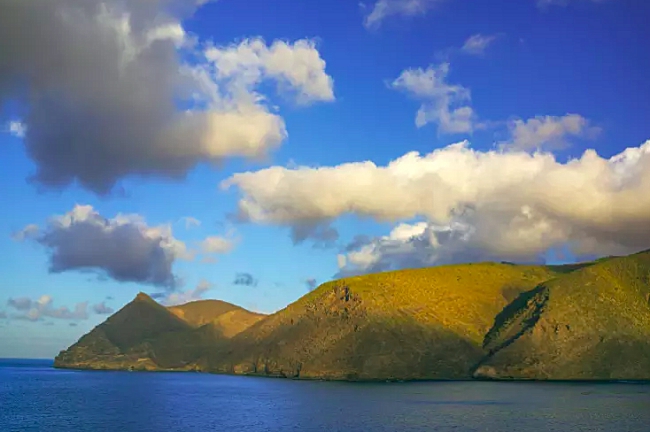
One of travel’s last truly remote destinations will become a little less so in 2016. St Helena, now accessible only by ship, will gain a long-mooted airport. Tourists are unlikely to overrun this speck in the South Atlantic Ocean, but the islanders are building a 32-room hotel just in case. Whatever happens, it won’t change the relaxed pace of life here, nor lessen the lure of a place as curious now as it was when Charles Darwin swung by in 1836.
(Content & Images source: Lonely Planet)

